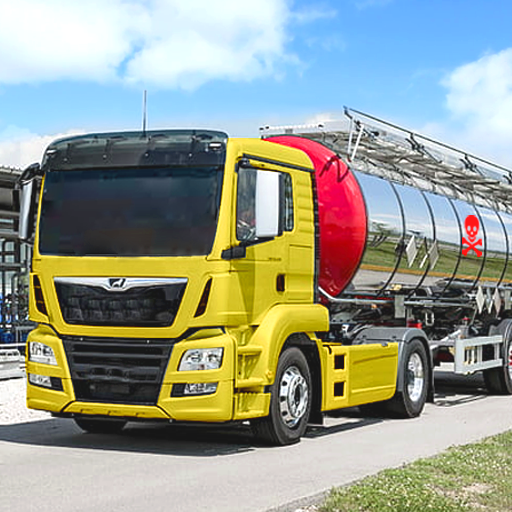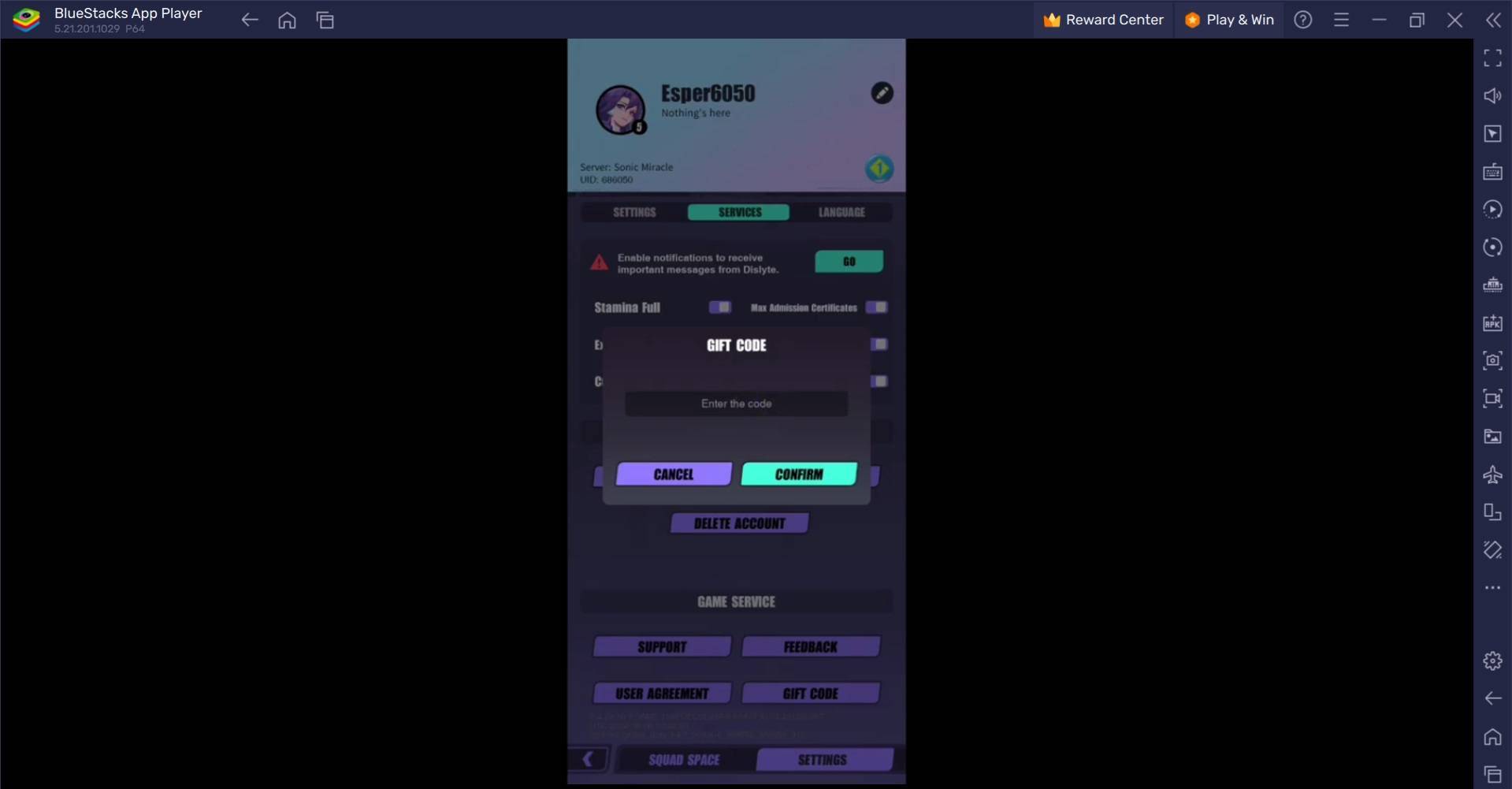Every couple of years, Nvidia launches a groundbreaking graphics card that redefines PC gaming. The Nvidia GeForce RTX 5090 is the latest in this tradition, but its approach to performance enhancement is unconventional. While the leap over the RTX 4090 might not be as substantial as expected in many games without considering DLSS Frame Generation, the next generation of Nvidia's DLSS technology for upscaling and frame generation brings significant improvements in both image quality and performance. These advancements make it feel like a genuine generational shift.
The value of upgrading to the Nvidia RTX 5090 largely depends on the games you play, your preferred resolution, and your comfort with AI-generated frames. For those not using a 4K monitor with a 240Hz refresh rate, the upgrade may not be necessary. However, for users with high-end displays, these AI-generated frames can offer a glimpse into the future of gaming.
Nvidia GeForce RTX 5090 – Photos
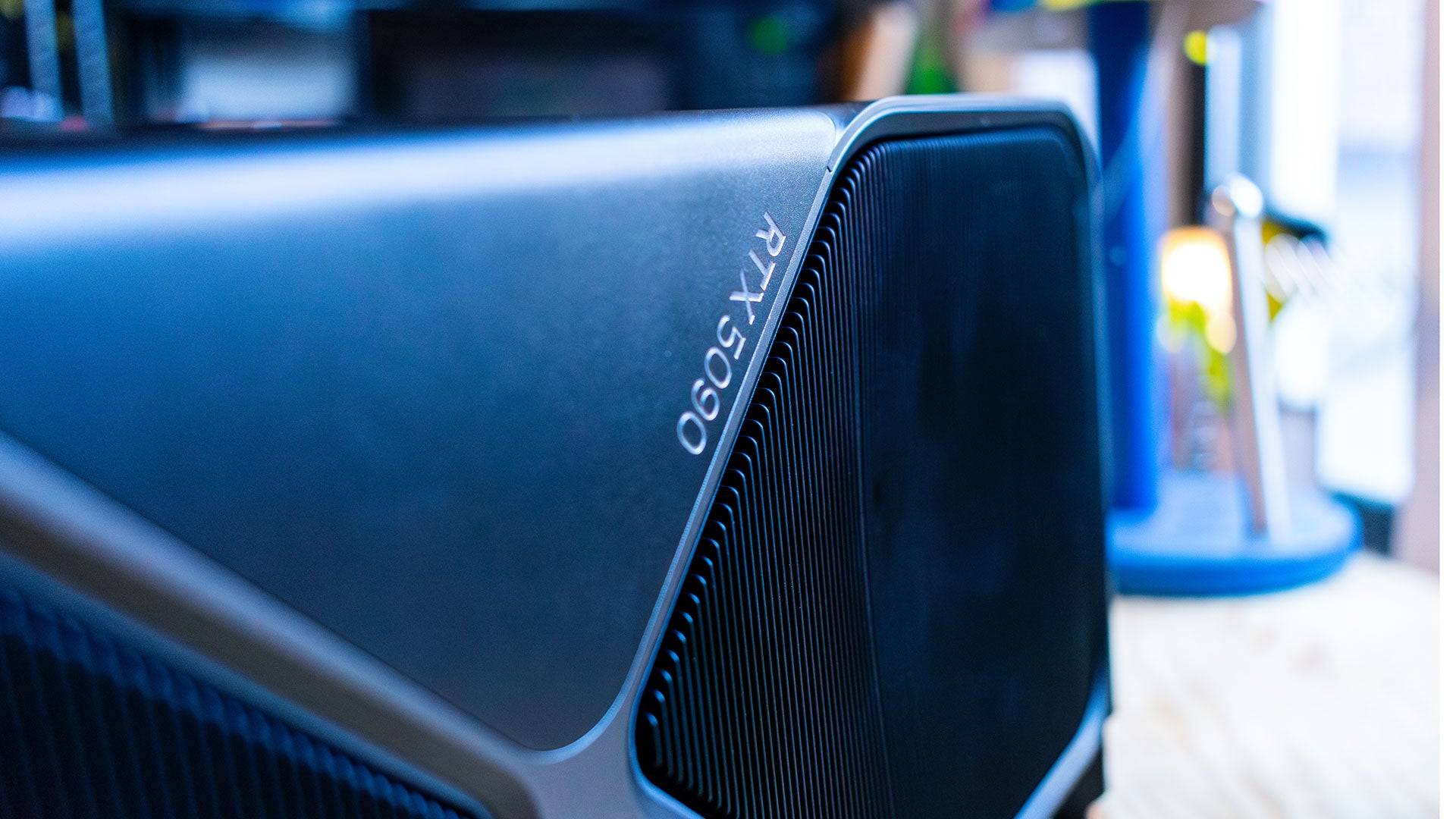
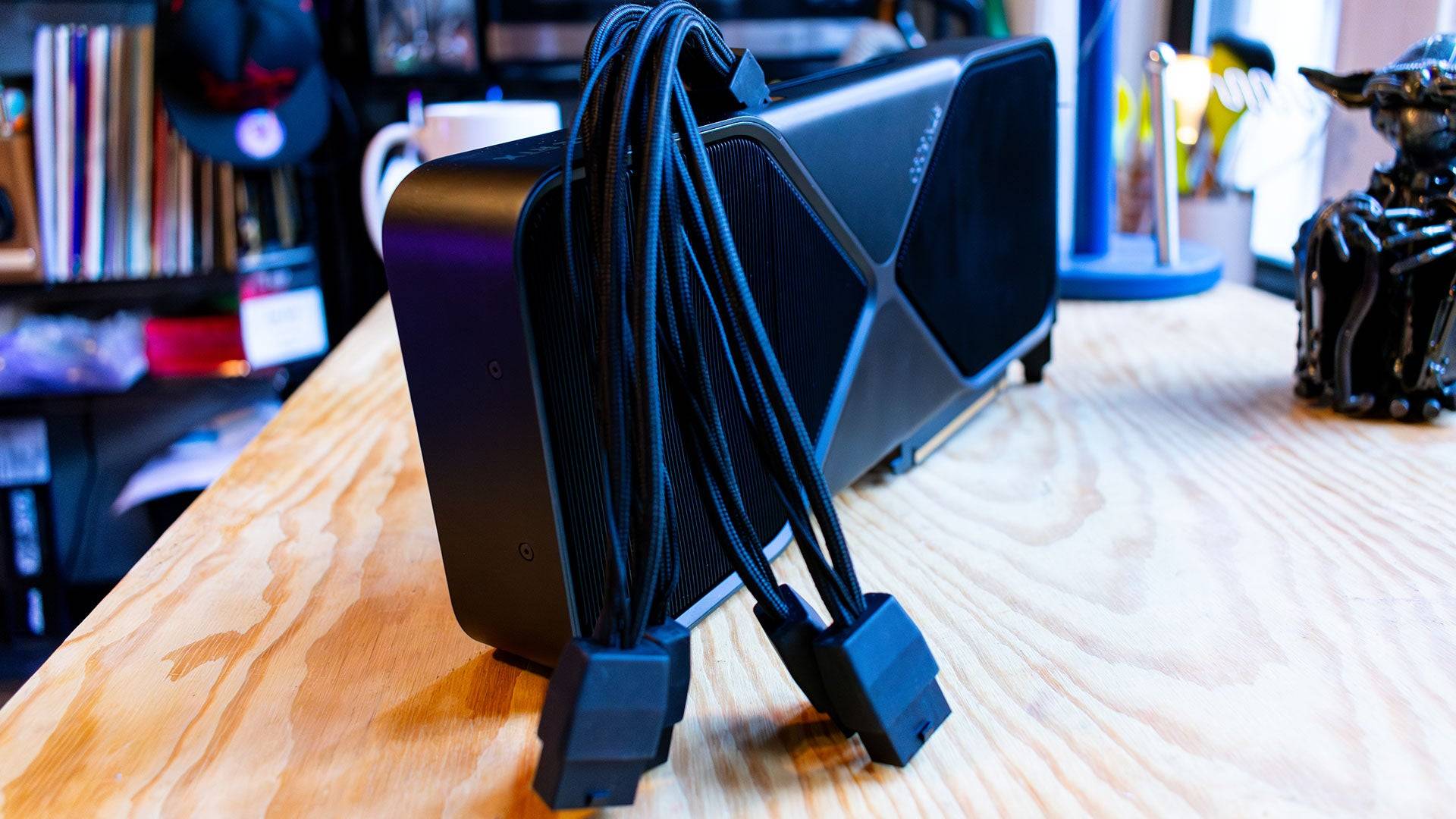 5 Images
5 Images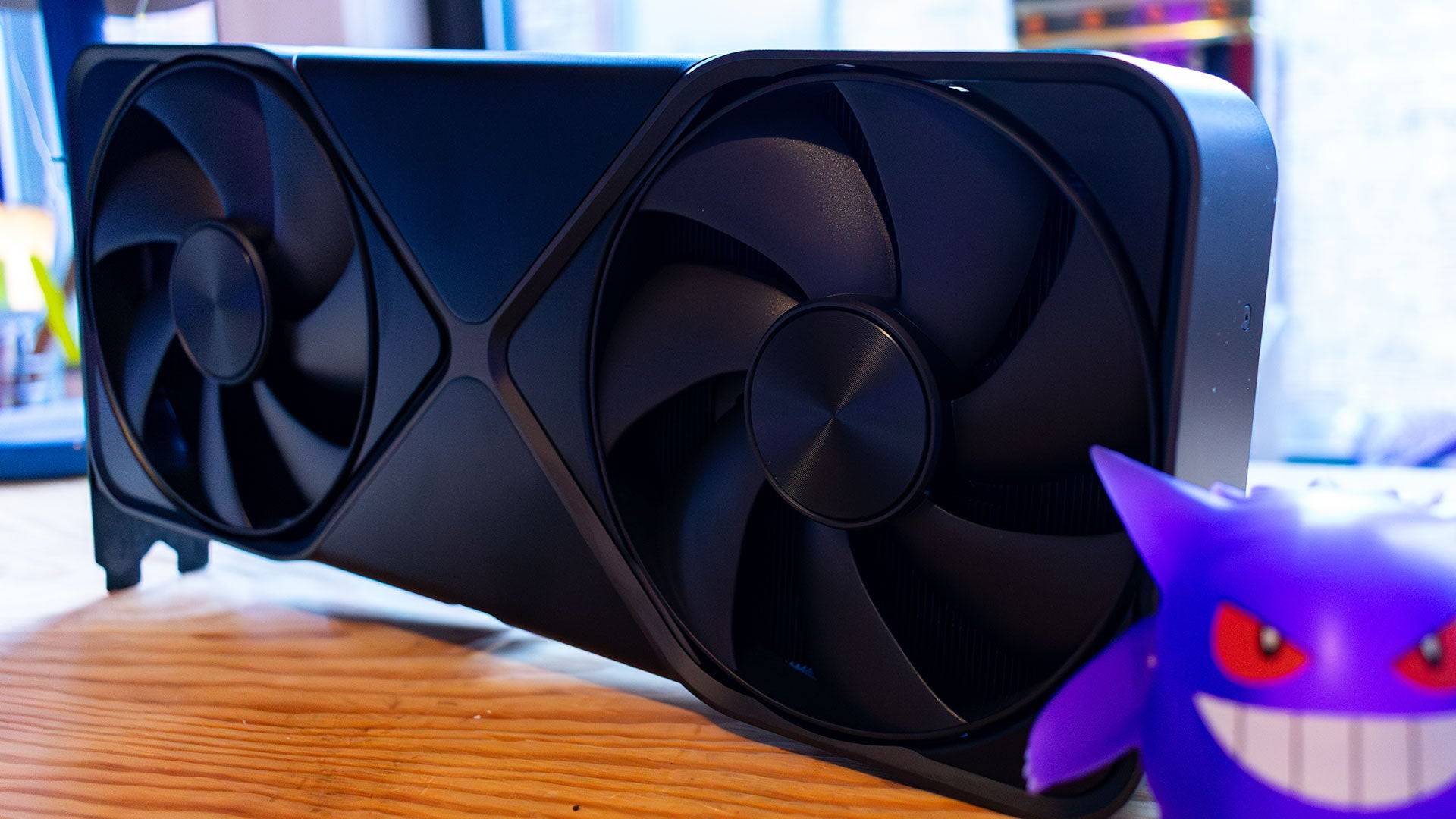
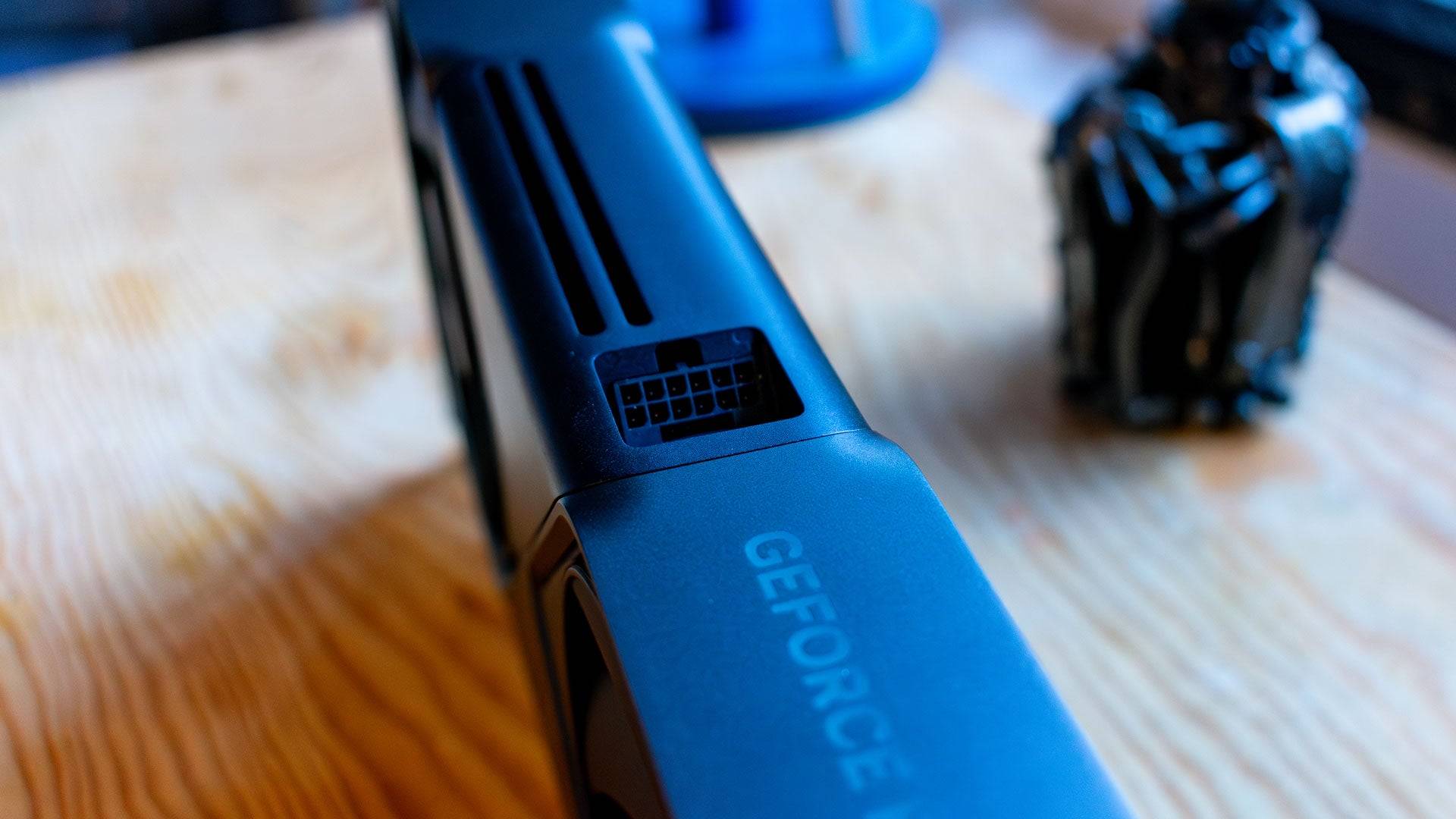
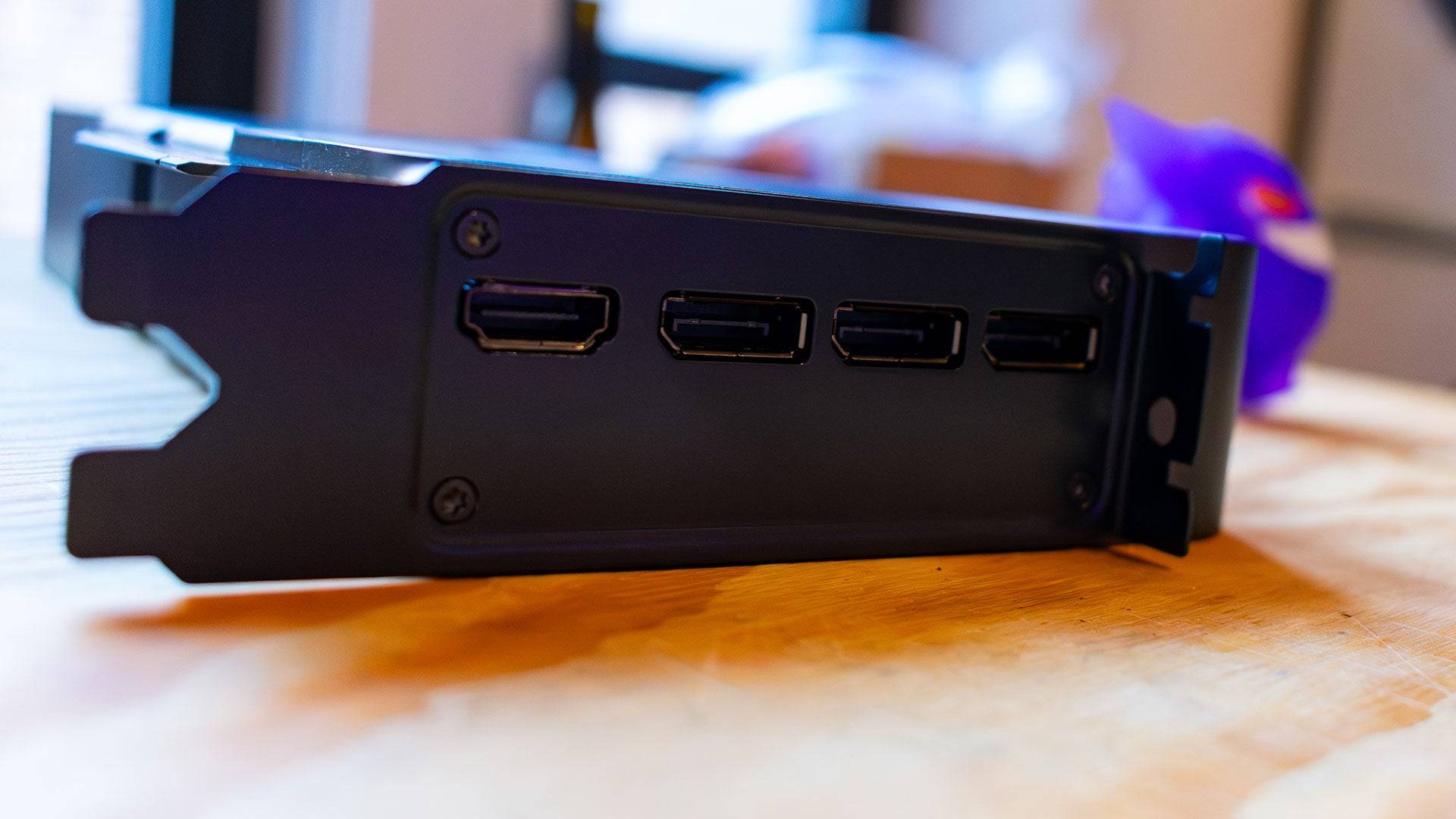
RTX 5090 – Specs and Features
Built on Nvidia's high-end Blackwell architecture, the RTX 5090 is tailored for both AI and traditional gaming performance. It boasts 21,760 CUDA cores, a 32% increase from the RTX 4090's 16,384, achieved by integrating more Streaming Multiprocessors (SMs) within the same Graphics Processing Clusters (GPCs). This upgrade significantly boosts raw gaming performance.
Each SM includes four Tensor Cores and one RT Core, totaling 680 Tensor Cores and 170 RT Cores, up from the RTX 4090's 512 and 128, respectively. The 5th-generation Tensor Cores enhance AI performance with support for FP4 operations, reducing VRAM dependency.
The RTX 5090 is equipped with 32GB of GDDR7 VRAM, a step up from the GDDR6X in the RTX 4090, offering improved speed and efficiency. However, it requires a substantial 575W of power, reflecting its high-performance capabilities over efficiency concerns.
Nvidia's shift to a Transformer Neural Network (TNN) for DLSS enhances image quality and reduces artifacts like ghosting. Additionally, the introduction of Multi-Frame Generation allows for generating multiple frames from a single rendered image, significantly improving frame rates for users already achieving decent performance.
Purchasing Guide
The Nvidia GeForce RTX 5090 will be available starting January 30, with the Founders Edition priced at $1,999. Be aware that third-party versions might be priced even higher.
The Founders Edition
Despite its 575W power requirement, the RTX 5090 Founders Edition is surprisingly compact, fitting into a dual-slot chassis with a dual-fan configuration. This design efficiently manages heat, with temperatures peaking at around 86°C during intensive use.
The card's design echoes previous generations, featuring a silver 'X' design and gunmetal-gray chassis, with a 'GeForce RTX' logo illuminated by white LEDs. It uses a new 12V-2x6 power connector, which is more efficient and includes an adapter for four 8-pin PCIe connectors. The angled connector design simplifies installation and enhances security.
This compact design makes the RTX 5090 suitable for smaller PC builds, though third-party versions may be larger.
DLSS 4: Fake Frames?
Nvidia claims the RTX 5090 can boost performance by up to 8x, primarily through its AI-driven frame generation capabilities. DLSS 4 introduces Multi-Frame Generation, leveraging a new AI Management Processor (AMP) core to efficiently manage GPU tasks traditionally handled by the CPU.
The AMP and 5th-generation Tensor Cores enable a new frame generation model that's 40% faster and requires 30% less memory. This model can generate three AI frames from one rendered frame, reducing latency through a Flip Metering algorithm.
While this technology isn't a magic solution, it significantly enhances performance when paired with DLSS upscaling, especially for users with high-end 4K displays. Initial tests in games like Cyberpunk 2077 and Star Wars Outlaws show promising results, with significant frame rate improvements without noticeable artifacts.
RTX 5090 – Performance
The RTX 5090 offers a generational leap in performance, as demonstrated by 3DMark benchmarks, where it outperforms the RTX 4090 by up to 42%. However, real-world gaming performance is often limited by CPU bottlenecks, even with top-tier processors like the Ryzen 7 9800X3D.
In games like Call of Duty Black Ops 6 and Cyberpunk 2077, the RTX 5090 shows only a modest 10% improvement over the RTX 4090 at 4K. More demanding tests, such as Metro Exodus: Enhanced Edition, show a 25% improvement, but the overall uplift is less dramatic than expected.
Games like Total War: Warhammer 3 and Black Myth: Wukong demonstrate more significant performance gains, highlighting the RTX 5090's potential when games can fully leverage its capabilities. However, in aging titles like Forza Horizon 5, the difference is marginal due to CPU limitations.
While the RTX 5090 is the fastest consumer graphics card available, its full potential is yet to be realized in current games. It's a forward-looking investment for those interested in the future of AI-enhanced gaming, but for others, the RTX 4090 remains a powerful choice for the coming years.
Nvidia GeForce RTX 5090 – Benchmarks
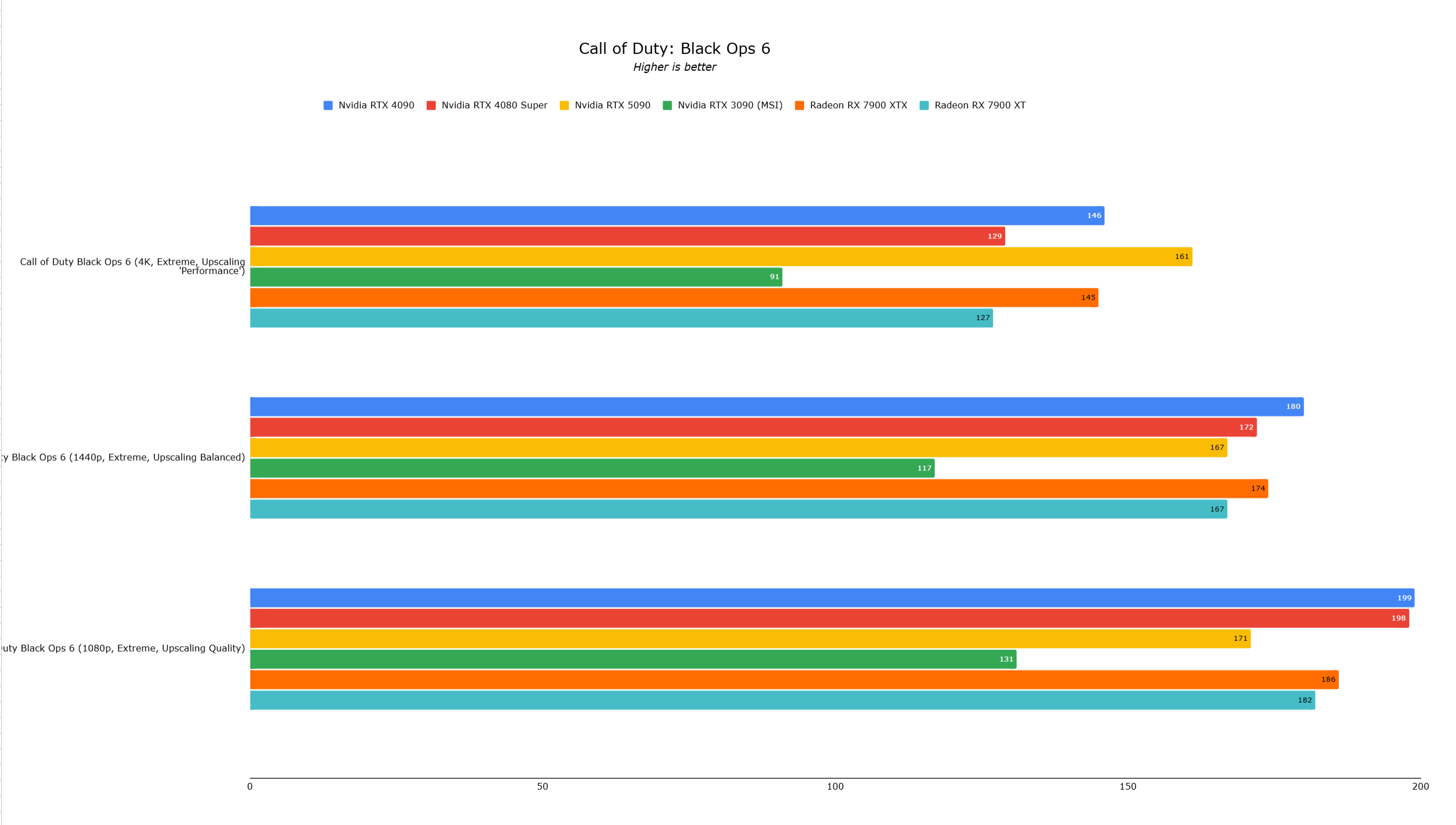
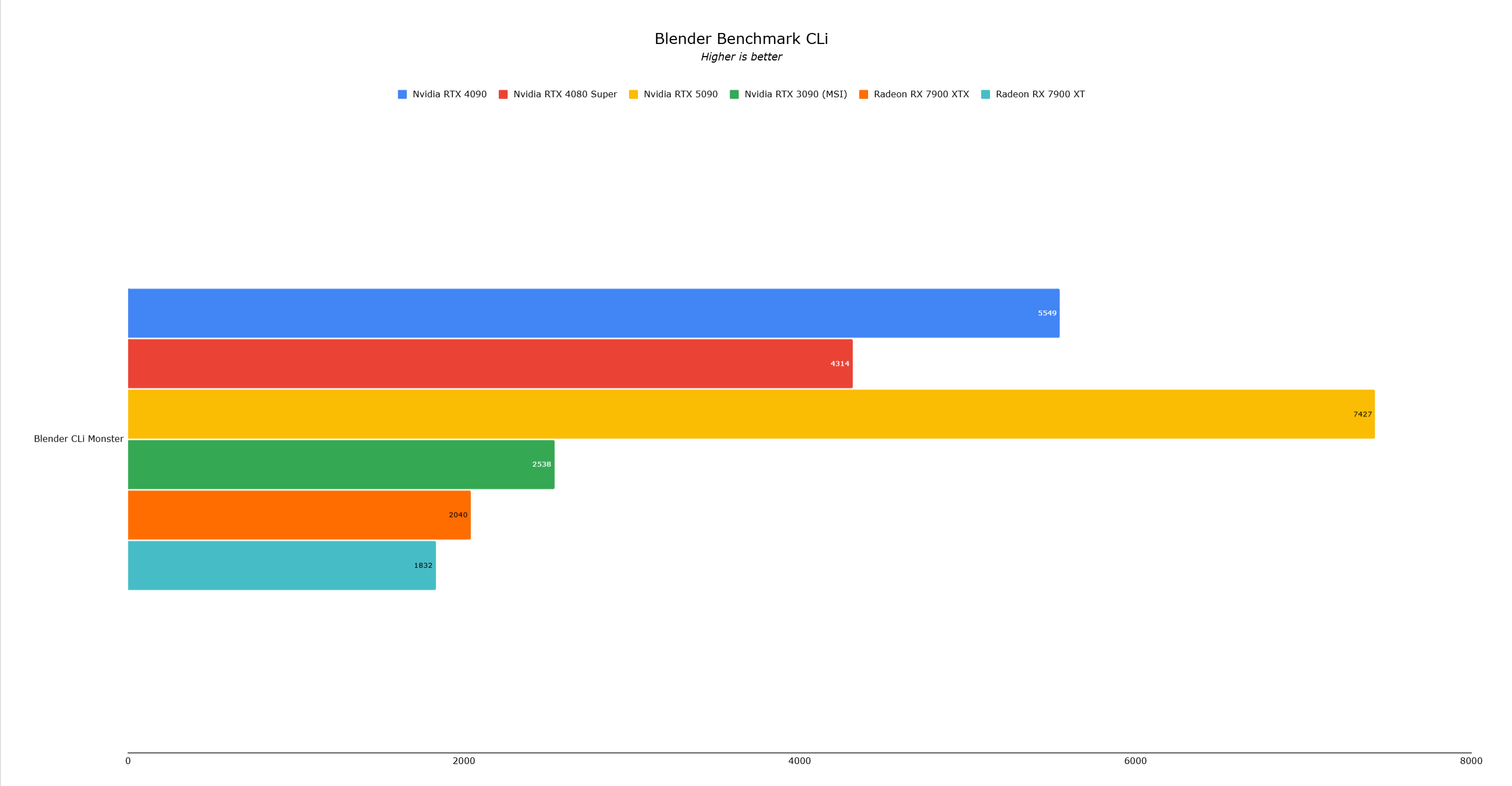 14 Images
14 Images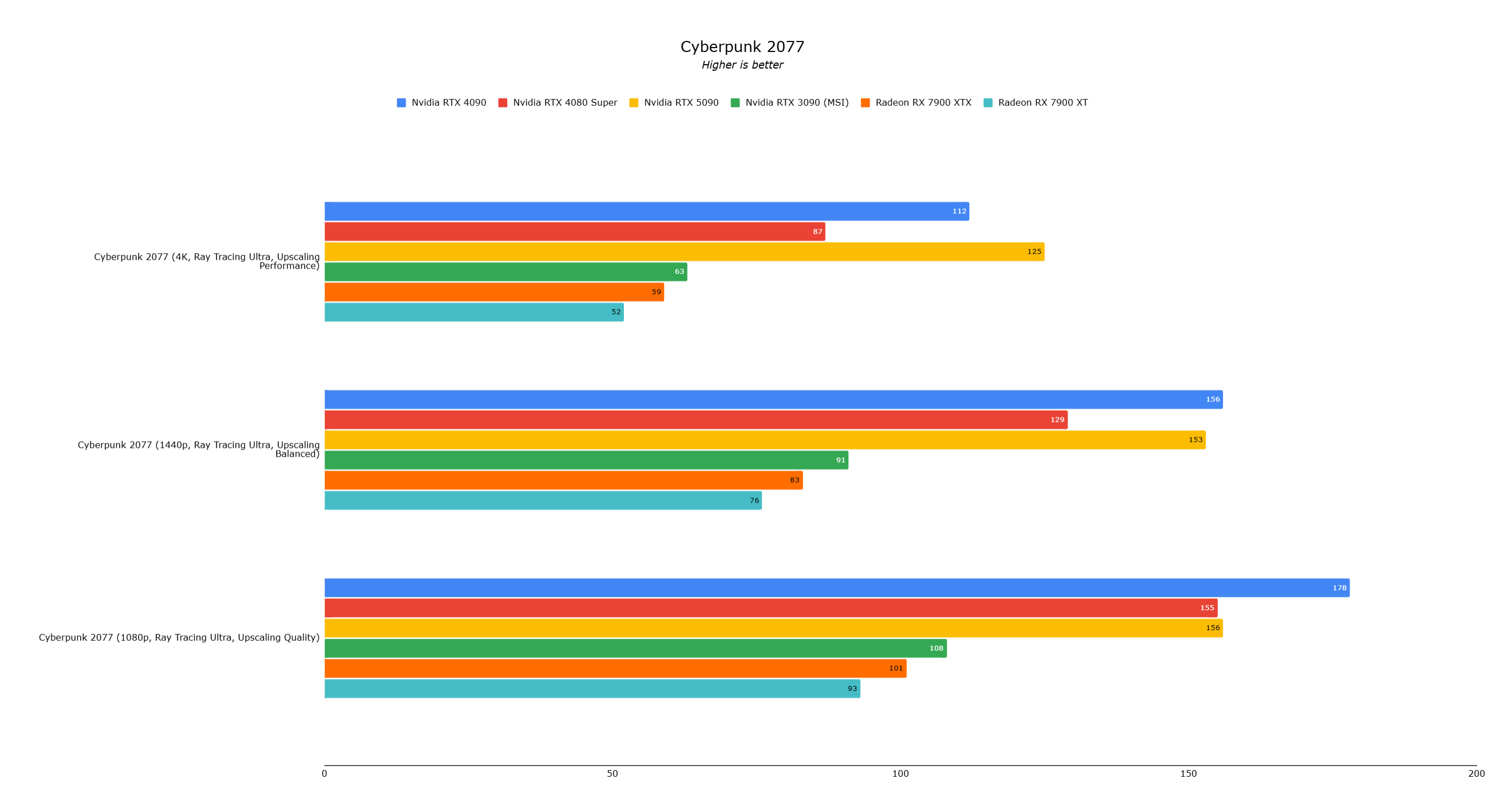
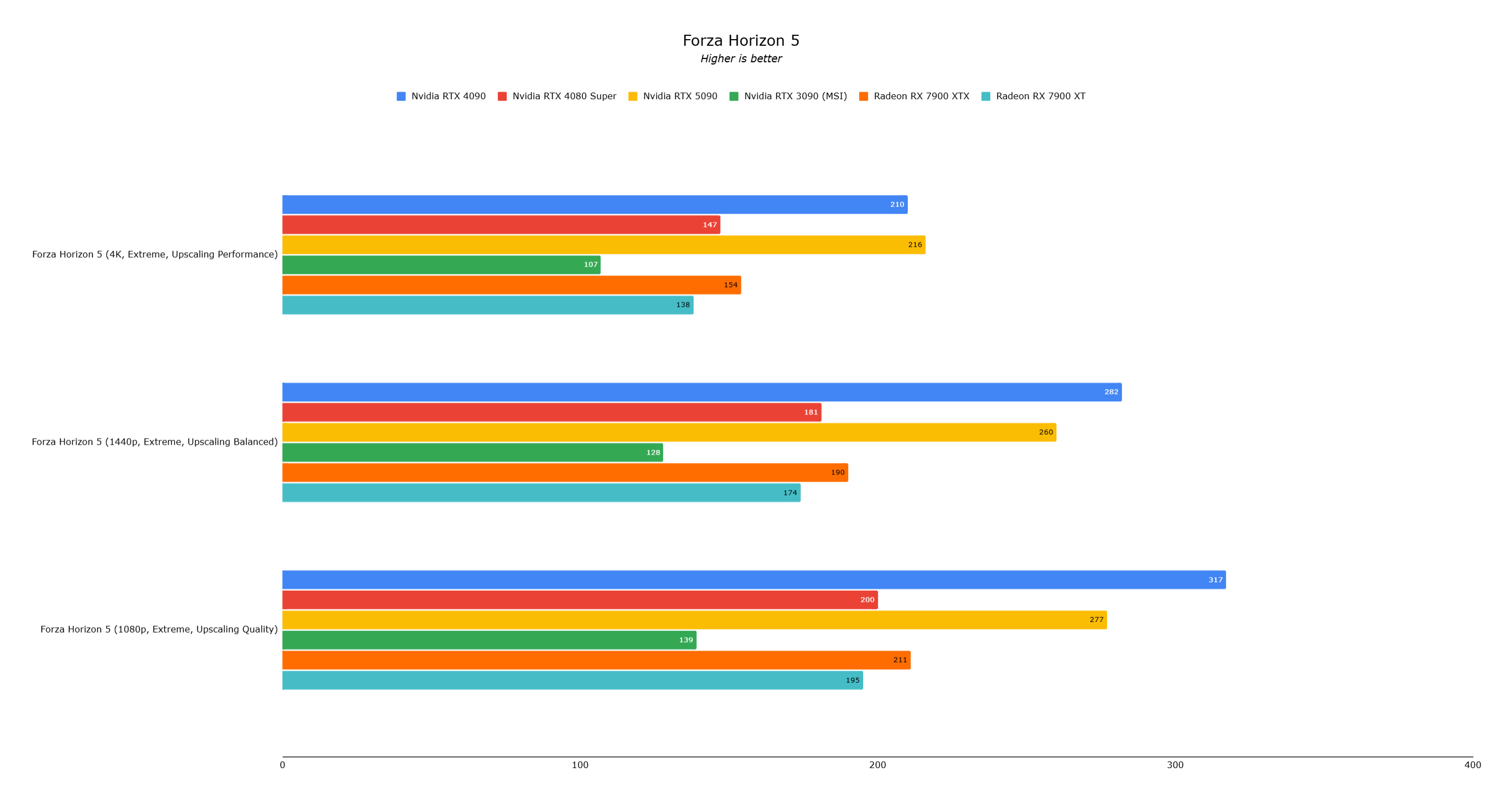
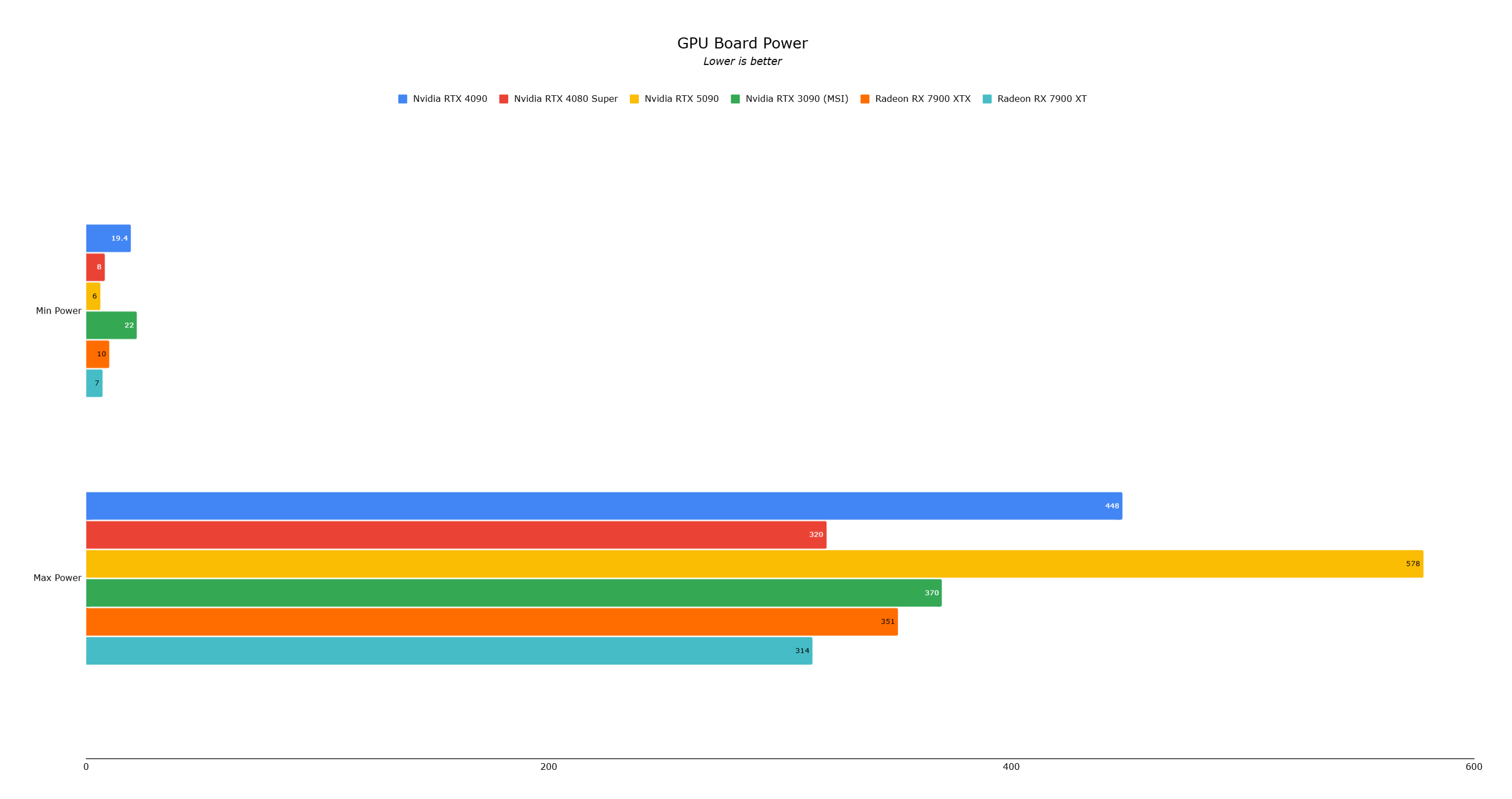
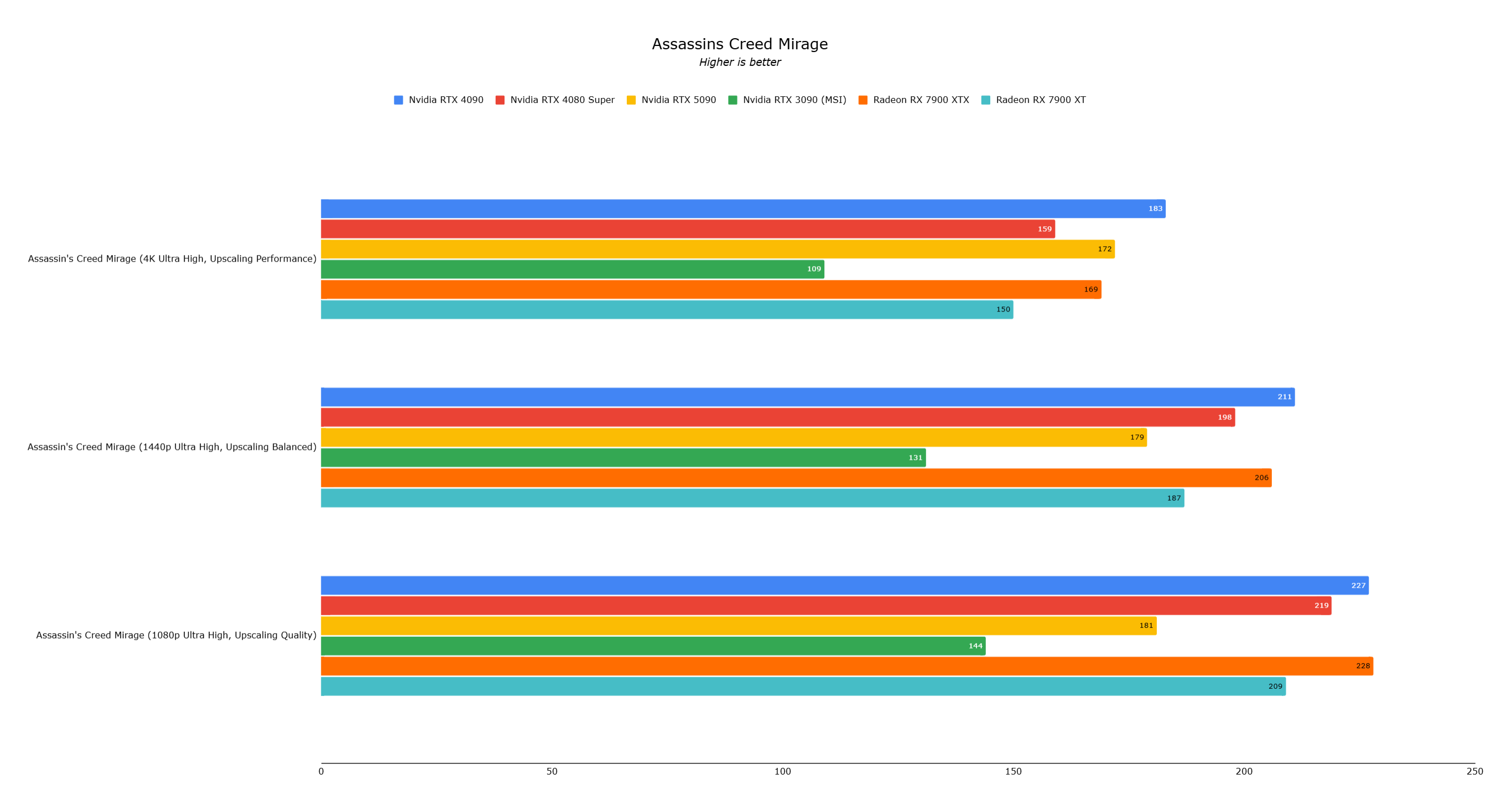
 Home
Home  Navigation
Navigation






 Latest Articles
Latest Articles










 Latest Games
Latest Games








